A couple of weeks ago I sat down to learn a little more about painting with acryla gouache from the Patreon process videos of the incredible Rebecca Green, who is one of my favorite illustrators. The whole exercise was part of an effort to get more into flow and beef up my illustrator-y tools (especially my traditional, IRL skills) before illustrating the picture book I’m working on with
.I watched the video carefully.
I took notes.
I loved seeing her color choices, and how she mixes paint.
I felt relieved when some of her techniques (techniques from a “real” illustrator!) lined up with some of my own.
I learned a lot (and love her even more now after hearing her talk and seeing how she shares about her work and creativity in general!).
After I finished watching, I pulled out all my own materials and did my own little test paintings.
In the video I chose, she painted an animal, so I did, too (just different ones).
I sketched them out a bit first.
I followed all the steps.
And they turned out lovely…
…but something wasn’t right.
Something felt off. Constricted. Forced. And a little too much like what I thought I had to be, and draw, and paint early on, when I first started illustrating.
It’s all over them—in the shapes, and the lines, and something about the solidity of them. Maybe it’s what I chose to paint—I still love some of the techniques I learned here, and some of them worked well for me. But something wasn’t right.
You might not notice it at all, but I do.
I did.
I felt claustrophobic somehow. My fingers itched and twitched about it, and snatched up the nearest piece of paper to paint something else—anything.
Something…. with eyes in the dark?
I didn’t have a full idea at all, but I painted first and thought later.
Paint and scissors and colored pencils all in a scramble, with as few thoughts as possible, and a few minutes later, out came this fella:
Along with an spontaneous snippet of story:
“He was a Forest Grump who loved the Sea.”
Good question—nope, I don’t know where he came from, or why, and I don’t know if anything else will happen with him (besides maybe being made into a magnet for our fridge?), but I’m so glad I made him.
I’m glad I didn’t think too hard or plan too much for him to squeak through whatever veil exists between us and my own internal imaginary world. I’m glad he stuck a toe in the door and came by.
I think these kinds of exercises are important—learning is important. Growing is important. I absolutely love Rebecca Green’s work, genuinely have so much I can learn from the amazing videos she shares, and have since used techniques I learned in this video successfully in some of my other work. But I’m also really grateful to have the perspective I do now (that I definitely did not early on in my career), that speaks up when I’m being too rigid. Too planned. Trying on too much of someone else. To have learned a little better to listen when something tugs inside me and whispers this isn’t quite right. You shut me out too much. Let me back in.
As much as we can learn from our heroes—observing how they do that amazing thing they do, and why exactly it works so well, and what about it feels good and impactful and resonates so much with us—we need to listen to ourselves, too.
To leave that door open, even just a crack, until we can figure out how to fling it wide.
You never know what’ll find its way through.
A few things I’ve learned (and am always re-learning) along the way:
Pay close attention to what exactly it is about a particular piece or creator that you love. You might assume it’s the genre of a novel when really, if you dig deep, it’s how the author writes about real life pain and experiences using a fantasy lens. Or maybe you love an artists work and think it’s because of what they usually paint, but really it’s about how they use light. Take some time to study the work of all kinds of creators you love (not just the ones in your chosen field), and all kinds of pieces of work, and study which give you that gut-level YES feel. You can do this with the work of a particular creator (which of their books/albums/paintings do you like best? Look at them all together and see if you can find common threads), or of work you like in general (make a Pinterest Board or collage of things you’re into right now, from art to music to interior design, etc., and make connections between them). Which ones hit you the hardest? Try to figure out why, and then learn to channel more of whatever that is into your own work (in ways, obviously, that are your own, and not a copy).
Do any pieces of work you do as a learning exercise (like my Rebecca Green tests above) spark the same kind of gut-level resonance and joy the original piece does? It can be hard to judge if you’re new to the medium or trying a new technique, because your ability might not match your taste yet, and that’s okay. But try to feel it out as best you can to see if it’s hitting the same note, or not. If it is, keep testing out this technique—it might be heading in the right direction! If not, maybe you’re focusing on a specific technique or a tool more than that feeling, that why, from the point above. You may want to go back to dig deeper into why you the work resonates with you in the first place.
Keep getting further and further away from reference while experimenting. If you’re testing (and liking) a new technique or medium, try limiting how much you look at the original work that inspired it as you go. The less you draw on the original as you get more used to it, the more your own imagination and spark can slip in, and you’ll also be less tempted to directly copy someone else’s work (even if it’s by accident).
Keep your inspiration varied. In the same vein as the tip above, if you’re drawing inspiration from lots of different sources, it’s less likely to be one note, or too much like copying, and it’s more likely to be unique to you. The more of your own weird and varied loves you can mix into your work, the better! It’s also a really incredible exercise to draw inspiration from all sorts of fields (not just the one you want to create in). If you can figure out what you love about an author’s work, for example, and distill a bit of that somehow into your illustrations, that’s magic. The great thing about this kind of inspiration is that the thing you love about a particular creator or work is going to be different than what someone else might love about it, and then on top of that, you’re filtering it through a totally new medium. It won’t be a carbon copy of the original, and someone else who sees your work might not even know what your influences are, but they’ll recognize the feel of them in your work. If it resonates with you, it’ll resonate with others, too!


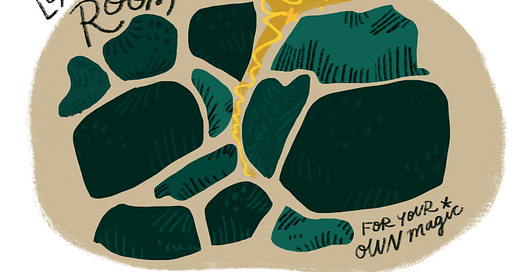

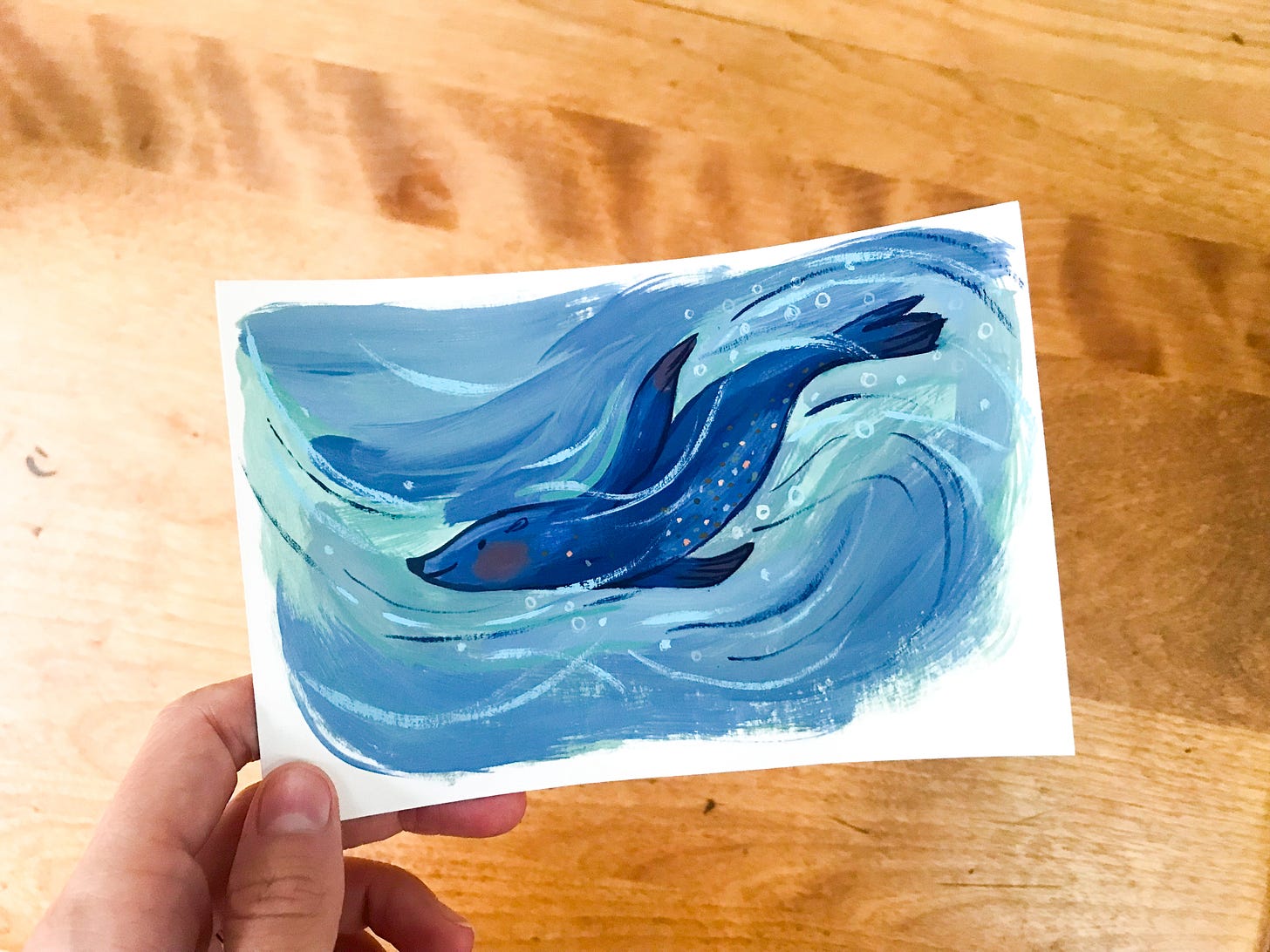
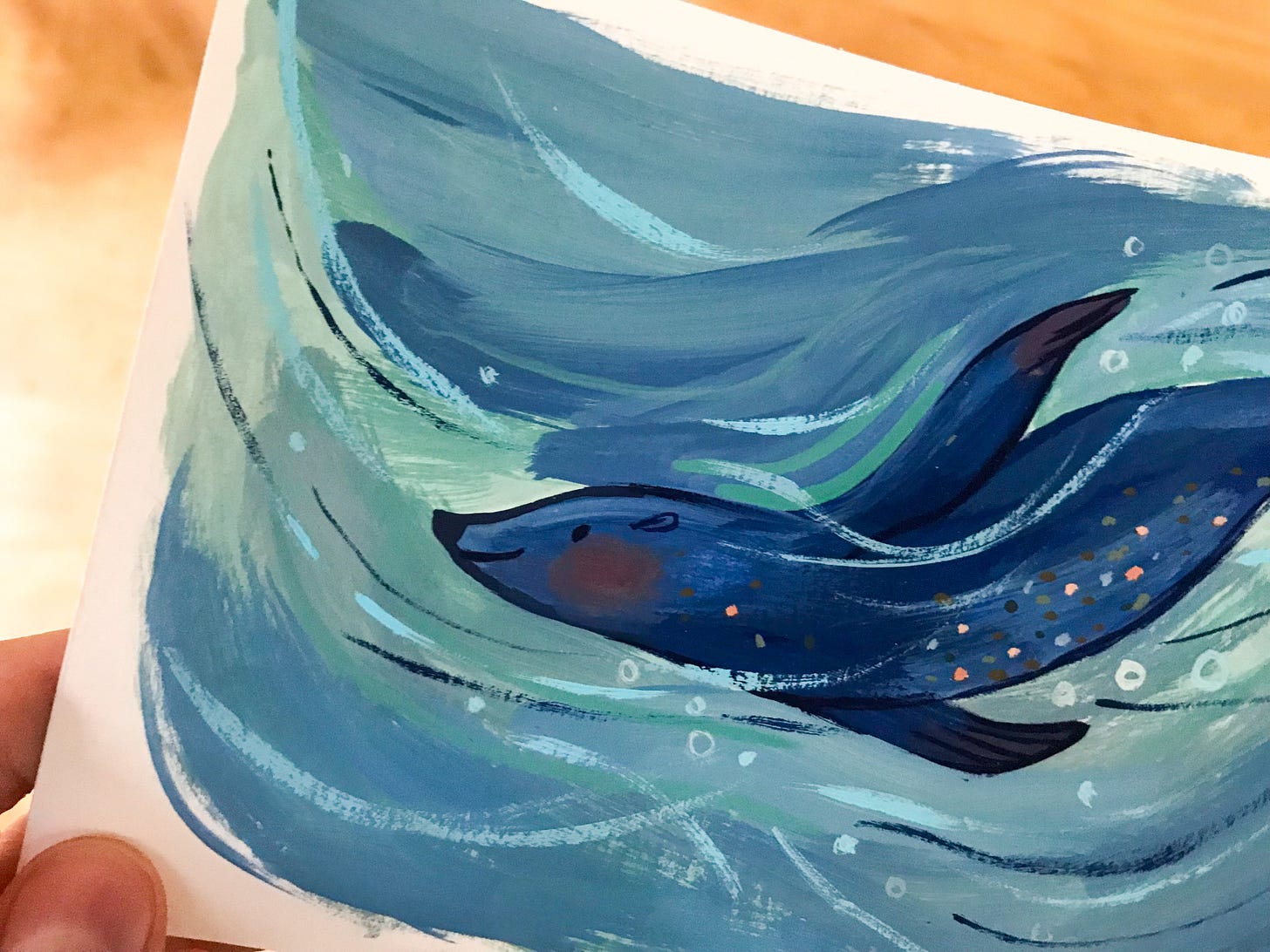
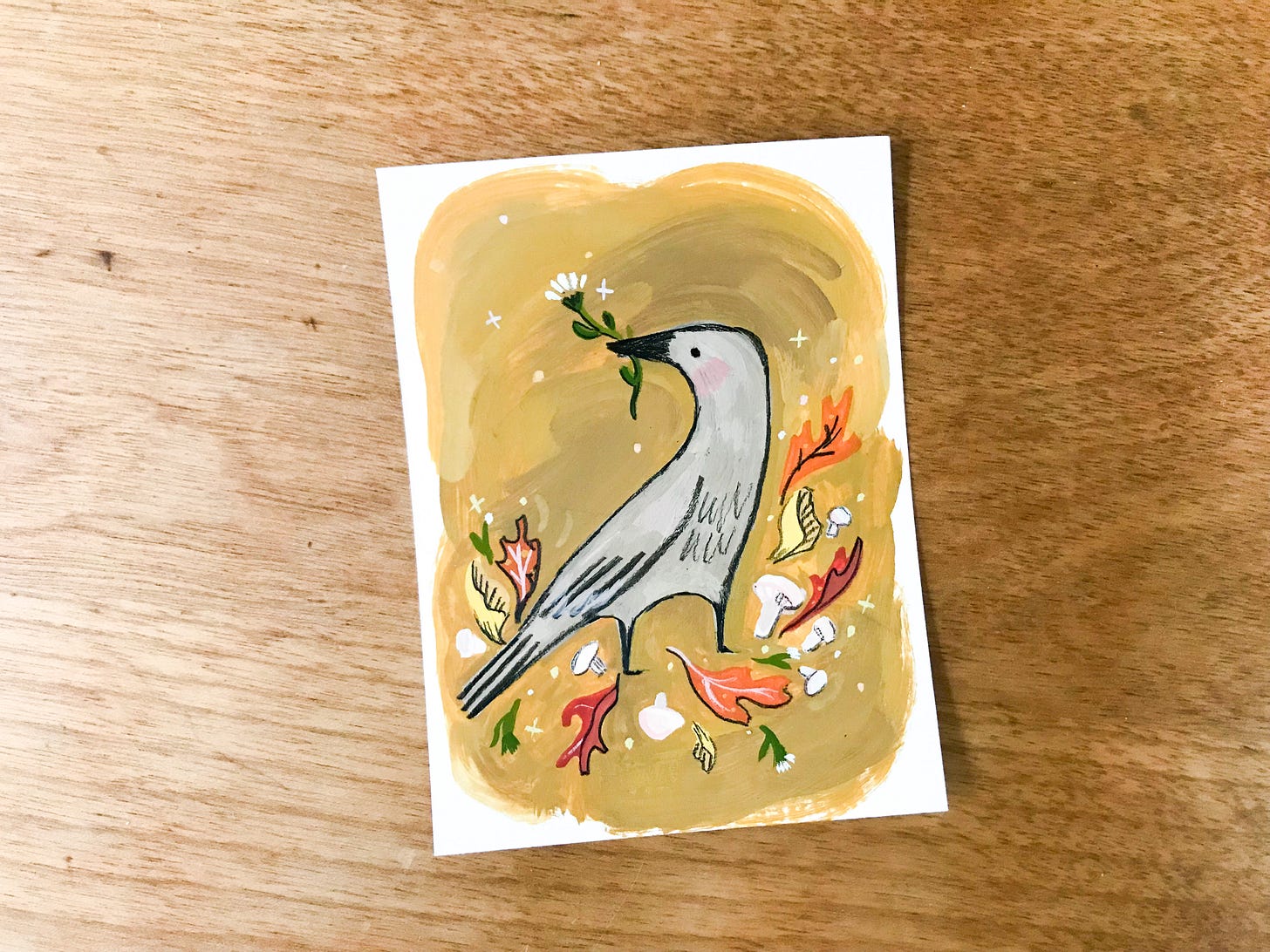
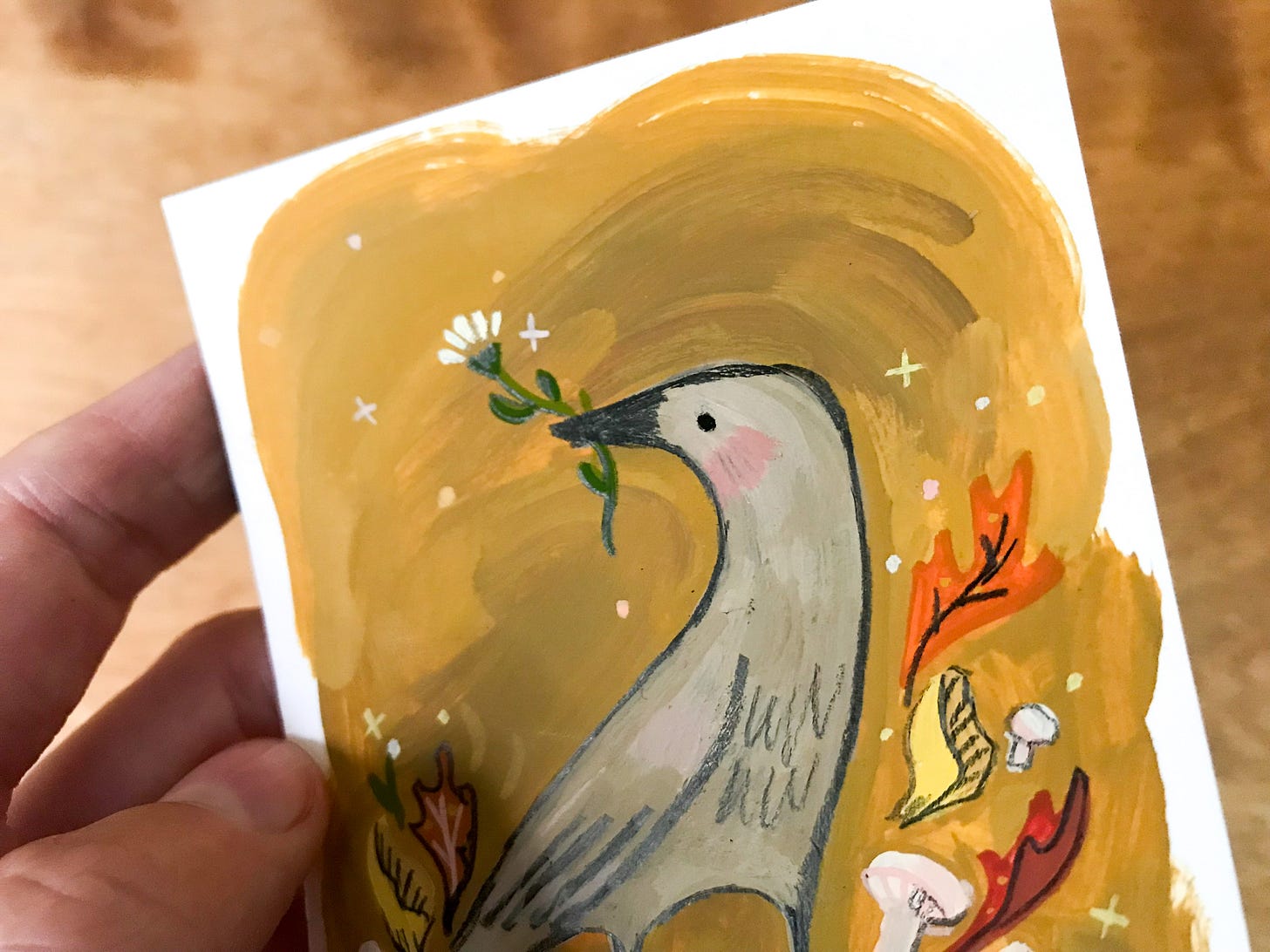
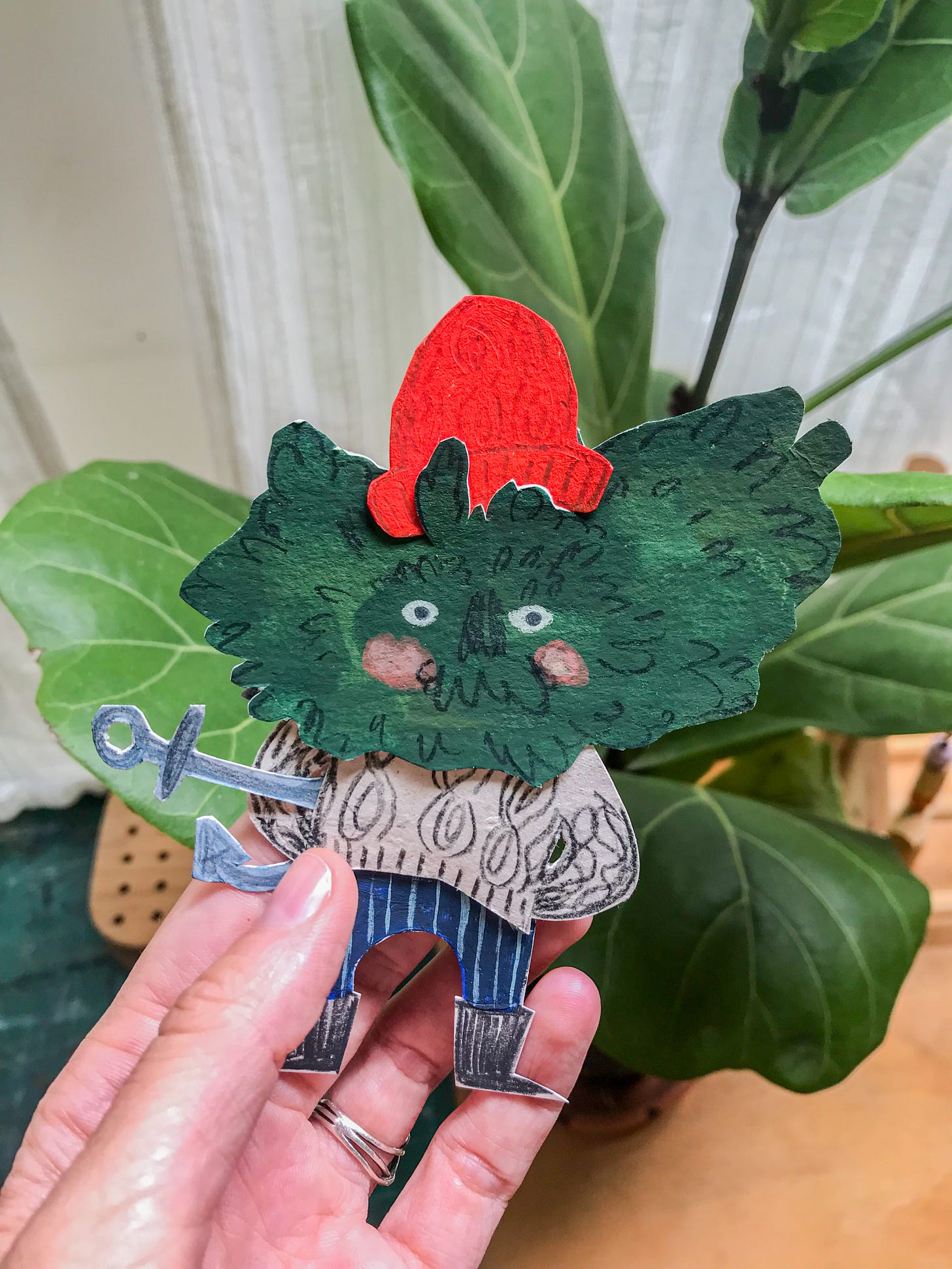
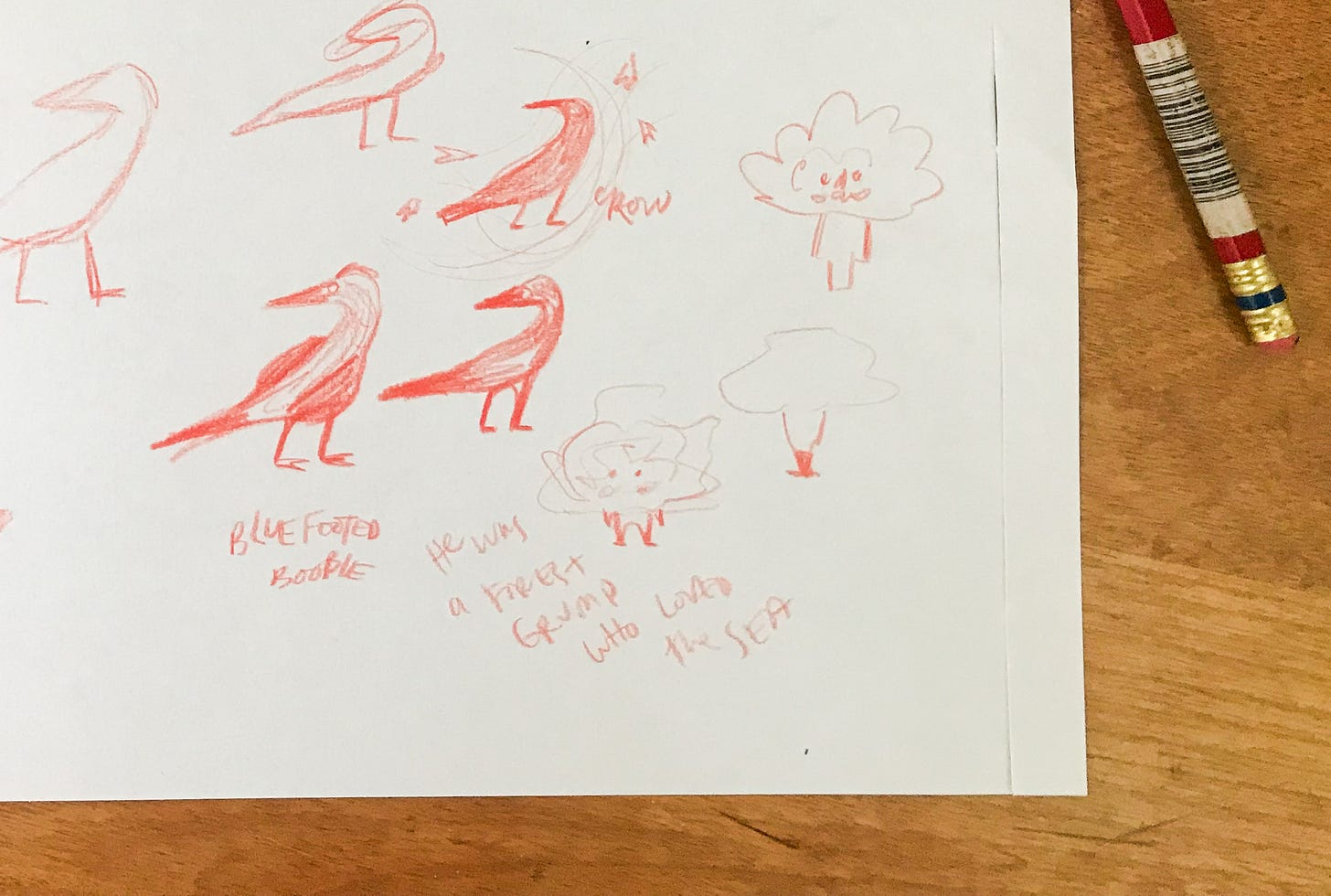

This is the magic I think! But it's so hard to put your finger on it. I'd started asking myself this and it's such a hard question to pin down.
During 2020 I revisited some of the books I loved as a kid and teen and I have been fascinated at how little is on the page sometimes and how it gave me space to fill so much in! I love a nice richly drawn world, but there was something of a spark in some of these older works even whilst leaving a lot to the imagination. (Prydain and the Alanna books were particularly like this. Also Gilbert Blythe is strangely absent for most of the Anne books. There is so little on the page about him!)
I think the other side of the coin is learning more about ourselves. Looking back I wonder if neurodivergence is part of why I love fish out of water stories. And characters who are misfits. I always saw that as a love for adventure, but knowing I am autistic I can see those story elements in a different light.
I'm rereading Wheel of Time soon to study it from a craft level. I want to type every word on my typewriter. But I love the idea of investigating this question too. WHY do I love it so much? Why is it etched into my bones? ☠️